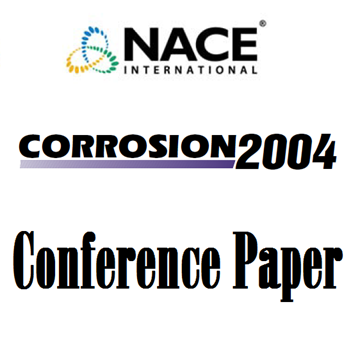Search
Products tagged with 'naphthenic acid'
View as
Sort by
Display
per page
04634 New Theory for Naphthenic Acid Corrosivity of Athabasca Oilsands Crudes
Product Number:
51300-04634-SG
ISBN:
04634 2004 CP
Publication Date:
2004
$20.00
06436 HYDROGEN FLUX AND HIGH TEMPERATURE ACID CORROSION
Product Number:
51300-06436-SG
ISBN:
06346 2006 CP
Publication Date:
2006
$20.00
51318-11381-Naphthenic Acid Corrosion Prediction Using Jip Model - Evaluation and Validation
Product Number:
51318-11381-SG
Publication Date:
2018
$20.00
An Enhanced Prediction Model For Simultaneous Naphthenic Acid And Sulfidic Corrosion Quantification
Product Number:
51322-17901-SG
Publication Date:
2022
$20.00
Crude Distillation Unit Protection Through Metal Cladding Testing And Implementation With Varied Regional Feed
Product Number:
51321-16876-SG
Publication Date:
2021
$20.00
Improved Unit Economics, Crude Blending and Throughput Management Using a Novel High Temperature Corrosion Prediction Framework
Product Number:
MECC23-20054-SG
Publication Date:
2023
$20.00
Introducing An Innovative Simultaneous Naphthenic Acid, Sulfidation And Mass Transport Corrosion Model
Product Number:
51321-16755-SG
Publication Date:
2021
$20.00
Predicting Hot Oil Corrosion: A Framework for Quantifying Reactive Organic Sulfur Compounds in Crude Unit Process Streams
Product Number:
51323-19105-SG
Publication Date:
2023
$20.00








